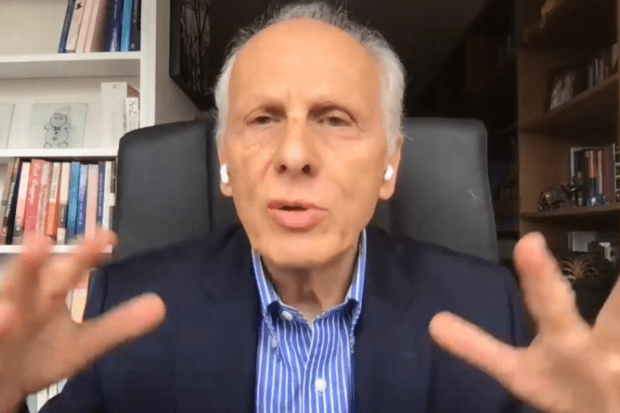Covid-19 has created a springboard for new universities to “leapfrog” ancient rivals in the global league tables, according to Moroccan educational economist Jamil Salmi.
Professor Salmi, emeritus professor of higher education policy at Chile’s Diego Portales University, told Times Higher Education’s Young Universities Summit that the pandemic could be a watershed moment for institutions established within the past few decades.
Their “flexible governance and management”, geared towards “an ambitious vision to become world-class very quickly”, was well suited to times of change while their “niche” disciplinary emphases and innovative educational approaches made them “very attractive and also very dynamic”.
Professor Salmi noted that top-200 institutions in the THE World University Rankings were more than 200 years old, on average, with frontrunners such as Harvard University and the University of Oxford considerably older. But he nominated The Hong Kong University of Science and Technology, the National University of Singapore (NUS) and summit partner HSE University as examples of youthful institutions acclaimed as “great universities”.
He observed that while older universities were more readily recognised for their “scientific authority”, research standing could mean little if the “political setup” was not favourable. “The two countries with the largest number of Nobel prizewinners in medicine – the US and the UK – had a horrible track record in their [early] ability to deal with the epidemic.”
Simon Marginson, professor of higher education at Oxford, said the pandemic had demonstrated the “unforeseeable” nature of change. “What’s important is to be ready for it – to be able to manage it, anticipate the immediate trends and take initiatives to respond in ways which work,” he said.
Older universities had the advantage because of their “accumulated capacity” as well as reputations and resources. “They’ve usually got an accumulation of talent, which is acquired experience,” he said. “Inbuilt academic cultures that are self-reproducing after a few generations [are] a very powerful resource and…a responsive capacity as things continually change.”
Nevertheless, while most universities had handled the early stages of the pandemic well regardless of their age, the few that “didn’t pick up the ball” – fruitlessly striving to maintain face-to-face delivery – had mostly been older institutions.
Professor Marginson said that while young universities were “unencumbered by past practice”, a key advantage was the necessity to innovate because “they don’t have anything else”. He cited Singapore’s 2002 “Global Schoolhouse” strategy to draw foreign students to NUS and other local institutions to boost resources, develop talent and cultivate links with top overseas universities.
“It’s one of the most astounding achievements of not only institution building, but nation building,” he said. “Singapore was able to come from nowhere and create a global strategy which worked, and which everyone else wanted to imitate for the next 20 years, entirely on their own initiative. They had no choice because they didn’t have an accumulation of reputation or resources or a national economic hinterland to fall back on. It was just energy and initiative and wit.”
Professor Salmi said that the most important attribute – leadership – had nothing to do with institutional age. The best practitioners had demonstrated care for their university communities, communicating candidly about the pandemic.
“Those who have been more successful have empowered everybody, seeking feedback and acting upon it. That’s what makes a great leader. It’s…how you influence people by your example, not by edict or imposing decisions.”





